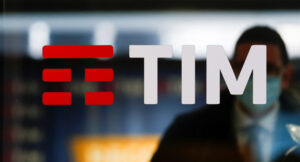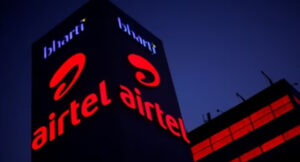US President Donald Trump’s administration cut cancer research funding by 31 percent in the first three months of 2025 compared to the same period last year, according to a Senate report released Tuesday that accuses the White House of waging a “war on science.”
The analysis, commissioned by the leftwing Senator Bernie Sanders, found that at least $13.5 billion in health funding had been terminated as of April, including 1,660 grants, while thousands of scientific staff were fired.
Among the hardest hit was the National Cancer Institute, which lost more than $300 million from January to March compared to 2024, driving inflation-adjusted grant funding to its lowest level in over a decade. Its parent agency, the National Institutes of Health, lost $2.7 billion.
“Since January, Trump has launched an unprecedented, illegal and outrageous attack on science and scientists,” said Sanders, the ranking member of the Senate Health, Education, Labor, and Pensions (HELP) Committee.
“Trump is not only denying scientific truth but actively seeking to undermine it.”
The Health and Human Services department, led by vaccine-skeptic Robert F. Kennedy Jr, hit back.
“Senator Sanders’ claim of a ‘war on science’ is unequivocally false. The report released by his office today is a politically motivated distortion that undermines the thousands of dedicated public health professionals across HHS, who remain steadfast in their commitment to delivering results for the American people,” the department said on X.
Under Kennedy’s leadership, “HHS is streamlining programs, eliminating redundancies, and — above all else — prioritizing gold standard science,” it added.
‘Complete chaos’
The report, based on interviews with dozens of federal scientists and health workers, paints a picture of disarray across HHS.
At the Centers for Disease Control and Prevention (CDC), at least 175 public health datasets were deleted, leaving doctors “without vetted guidance on how to treat patients,” one physician said.
A 43-year-old colorectal cancer patient, already treated with surgery, radiation, and 48 rounds of chemotherapy, said her participation in a T-cell therapy trial at the NIH was delayed due to staff shortages.
“The reality is that by reducing money and staff, the NIH will not be able to produce my treatment — and it might cost me my life,” she told Senate staff.
At the NIH Clinical Center, researchers described “complete chaos” after entire labs were dismissed. “This administration has a lot of blood on their hands,” said one. “We just want to take care of people.”
The report also highlighted the dangers of misinformation amid a growing measles outbreak, which has infected more than 1,000 people and killed three. Over 40 grants studying vaccine hesitancy have been canceled.
Meanwhile, Kennedy has hired vaccine conspiracy theorist David Geier, previously disciplined for practicing medicine without a license and testing unproven drugs on autistic children, to investigate an alleged connection between vaccines and autism, debunked by dozens of prior studies.
Even as Trump proposes a 26 percent cut to the HHS budget next year, he has earmarked $500 million for Kennedy’s “Make America Healthy Again” initiative, which targets nutrition, physical activity, and “over-reliance on medication.” AFP









